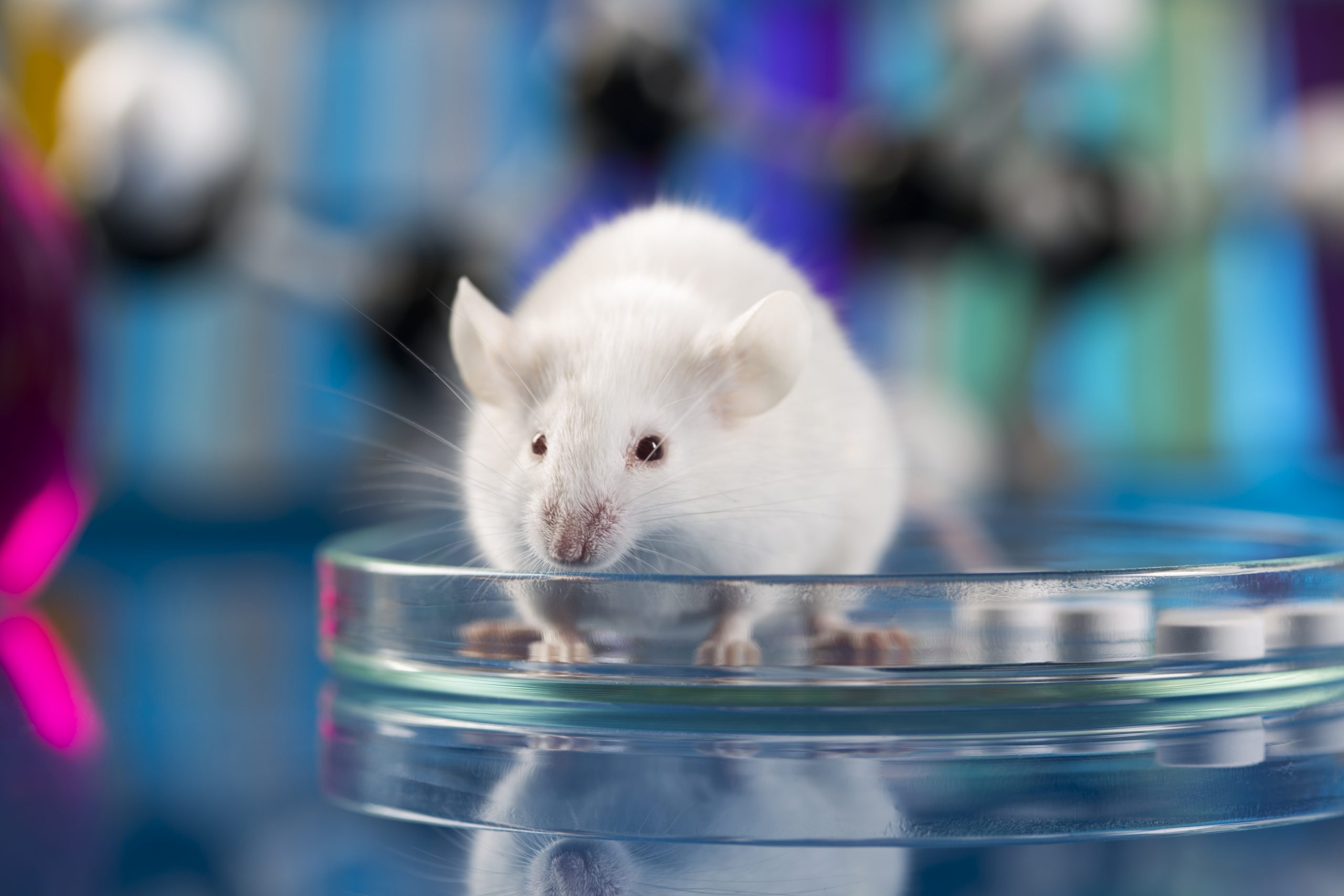SCN1A Gene Activation Reduced Seizures, Improved Behavior in Dravet Mice

Activating the SCN1A gene, which is deficient in most patients with Dravet syndrome, reduced febrile seizures and improved behaviors in a mouse model, according to a recent study.
The findings support a potential new approach to treat the cause of epilepsy associated with the condition.
The study, “CRISPR/dCas9-based Scn1a gene activation in inhibitory neurons ameliorates epileptic and behavioral phenotypes of Dravet syndrome model mice,” was published in the journal Neurobiology of Disease.
Around 80% of Dravet syndrome cases are caused by mutations in the SCN1A gene, which carries instructions for making a protein that is part (subunit) of a sodium channel called NaV1.1. This sodium channel is found on the surface of nerve cells and is essential for generating nerve impulses.
In most cases of Dravet syndrome, the mutations arise during development (de novo), which are not inherited from parents, and mutations in one of two chromosomes are enough to trigger the disease.
As such, increasing the production of the protein created from the SCN1A gene may represent a therapeutic strategy to treat the condition.
To this end, one approach is to use the CRISPR/Cas9 gene editing system designed to identify and cut specific regions of DNA. Selected areas of DNA are identified using a strand of guide RNA (gRNA) that exactly matches the DNA sequence. RNA is the molecule that typically carries DNA information that ultimately is transformed into a protein.
However, researchers can use a deactivated Cas9 protein (dCas9) that, instead of cutting DNA, targets a selected region without affecting DNA. Then, other proteins that trigger gene activity can be attached to CRISPR/dCas9, leading to increased protein production.
Researchers based at the Nagoya City University in Japan used the CRISPR/dCas9 system to target and activate SCN1A gene activity in a mouse model of Dravet syndrome.
As a validation step, the team first assessed the system in mouse and human cell-based tests. gRNAs, along with the CRISPR/dCas9 system (dCas9-VPR), were inserted into cells, and gene activity was measured. In both mouse and human cell lines, SCN1A gene activity was increased. Gene targets related to SCN1A (Scn2a, Scn3a, or Scn8a genes) were not affected significantly.
Transgenic mice were created using this dCas9-VPR system that also harbored Dravet syndrome mutations. These mice were susceptible to temperature-induced seizures called febrile seizures, a characteristic of the disease.
The dCas9-VPR system specifically targeted nerve cells implicated in the disease (inhibitory neurons), and the gRNAs were delivered to these cells by a harmless adeno-associated virus (AAV).
These mice were subjected to a febrile seizure test in which they were exposed to high temperatures and monitored for involuntary muscle jerks (myoclonic seizures), jerks and wild jumps (clonic seizures), and convulsions (generalized tonic-clonic seizures).
While none of the normal mice used as a control had seizures during the test, and untreated mutant mice developed typical Dravet-like seizures, the time until clonic seizures, wild-jumps, and generalized tonic-clonic seizures was significantly longer in treated mutant mice.
Likewise, the abnormal electrical signals found in the brains of Dravet mice, which were absent in normal mice, were decreased significantly in frequency in treated mice.
Increased levels of SCN1A activity in the specific nerve cells affected in Dravet syndrome were confirmed in treated mice along with increased levels of the Nav1.1 channel protein.
Finally, behavioral tests found that treated mice showed improved patterns compared to untreated mice, but not at the same level of normal mice.
“We show that the [CRISPR/dCas9] system successfully enhances the transcription [gene activity] of Scn1a in the inhibitory … neurons in … mouse brain and significantly ameliorates their epileptic and behavioral phenotypes,” the researchers wrote.
“Our findings also suggest that the decrease in Nav1.1 is directly involved in the symptoms seen in adults with Dravet syndrome and open a way to improve this condition,” they added.







